This seems like a great time to mention that I was an English major, and I've approached this project for years primarily as an art project, not as an engineering project.
All of the plans offered here are just what I've been able to build given the skills and tools I had at my disposal. My goal was to create something that was both functional and beautiful, not necessarily practical or efficient.
Please take whatever you find useful from these plans and discard the rest. Design your own deployable solar canopy structure, build your own solar batteries from recycled laptop batteries! Just record your results and let us know how it goes.
A wise friend once told me, "If you want people to help you do something, sometimes you just have to start doing it badly in front of them."
So this is me, doing it badly in front of you. This is the best that I've figured out so far, and I'm sharing it so that you might help me make it better. If you know how to improve any part of this system, please do!
The Structure
A 25 foot diameter toroidal pavilion made of rolled 1" steel tubing and structural pipe connectors. It supports a folding origami shade canopy and a 2400 watt solar array, providing shelter and a daily solar energy budget to recycle plastic with.
In most climates, for most days of the year, this structure will generate between 2 and 8 kilowatt-hours a day.
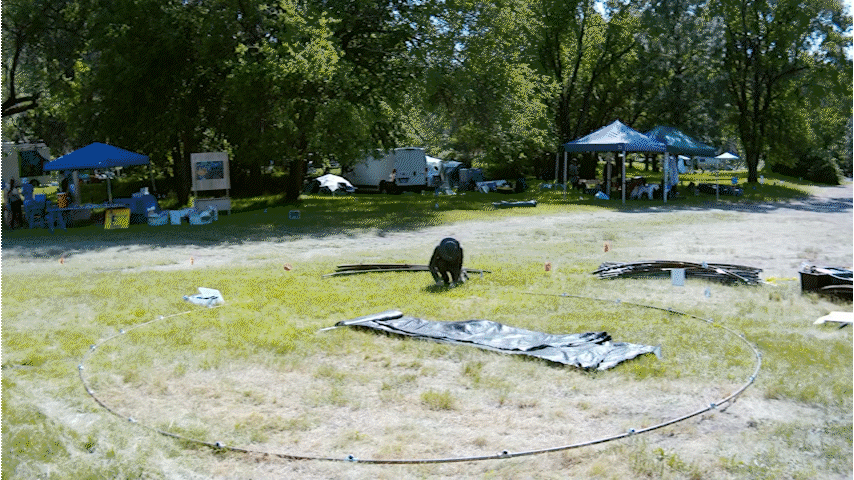

The Shredder
The shredder I'm using is a Precious Plastic V2 shredder, with a 3/4HP motor and 50:1 reduction gearbox. In the files section, I've provided all the cut files you need to build your own Precious Plastic Shredder. You can find further documentation, alternative shredder plans, and instruction videos at PreciousPlastic.com

The Trash Printer
The Trash Printer is a 3D printer I built for the 2022 Hackaday Prize that prints directly from recycled plastic flakes, inspired by the Precious Plastic extruder. It takes 300-400 watts peak, and 120-150 watts on average, and prints at a rate of roughly 1 watt-hour per gram.
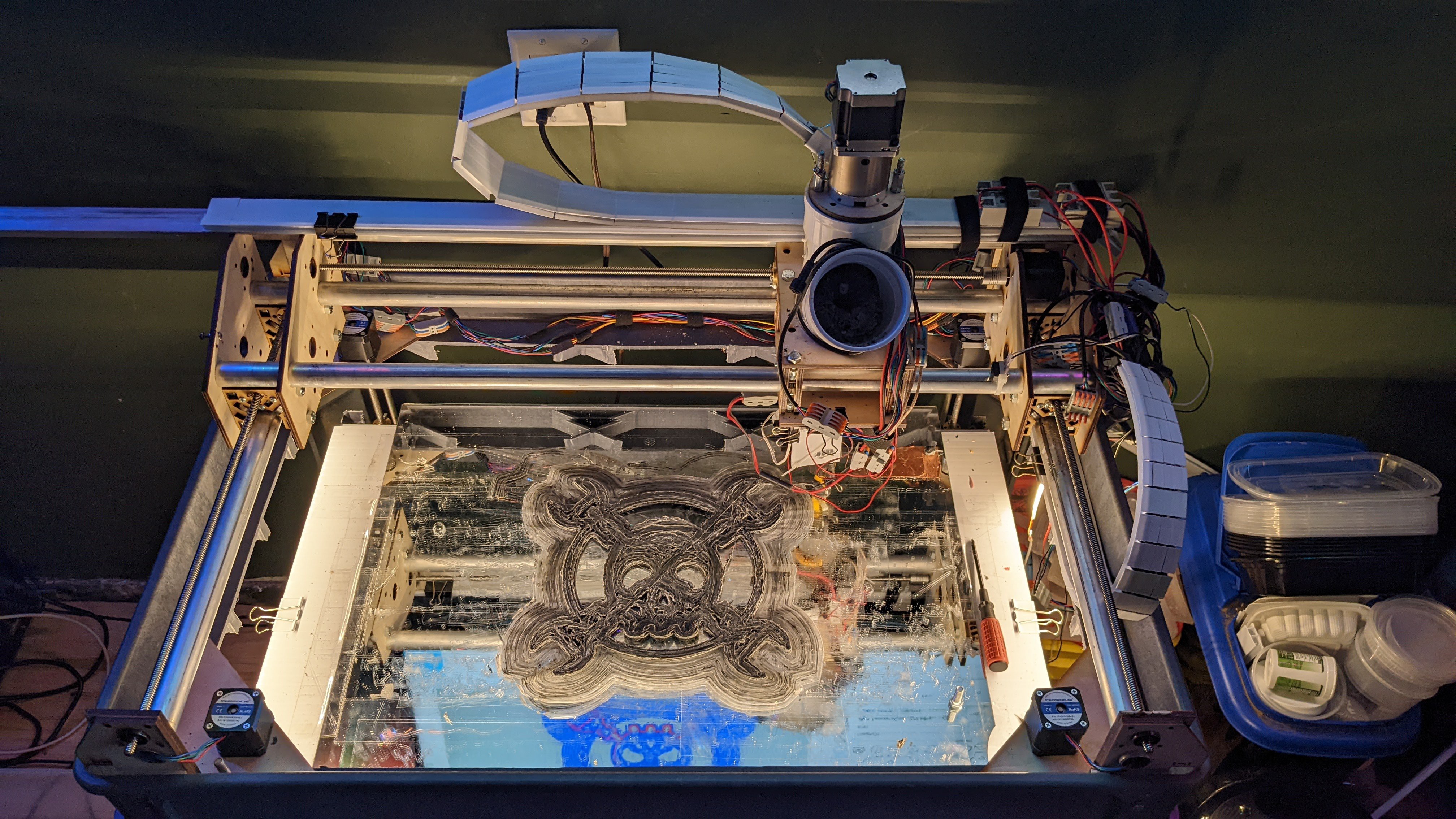
But you don't have to use my design. You could also try out the BLoft MK-2 large format printer, or any other plastic recycling machine you want. As long as you're turning trash and sunshine into something useful, it doesn't matter what tools you use!
The Scoreboard
The core of the project is a Raspberry Pi 4 with a 500GB SSD running Home Assistant. It uses the ESPhome add on to collect data from ESP32 based sensor nodes, databases it with InfluxDB, and visualizes it with Grafana.
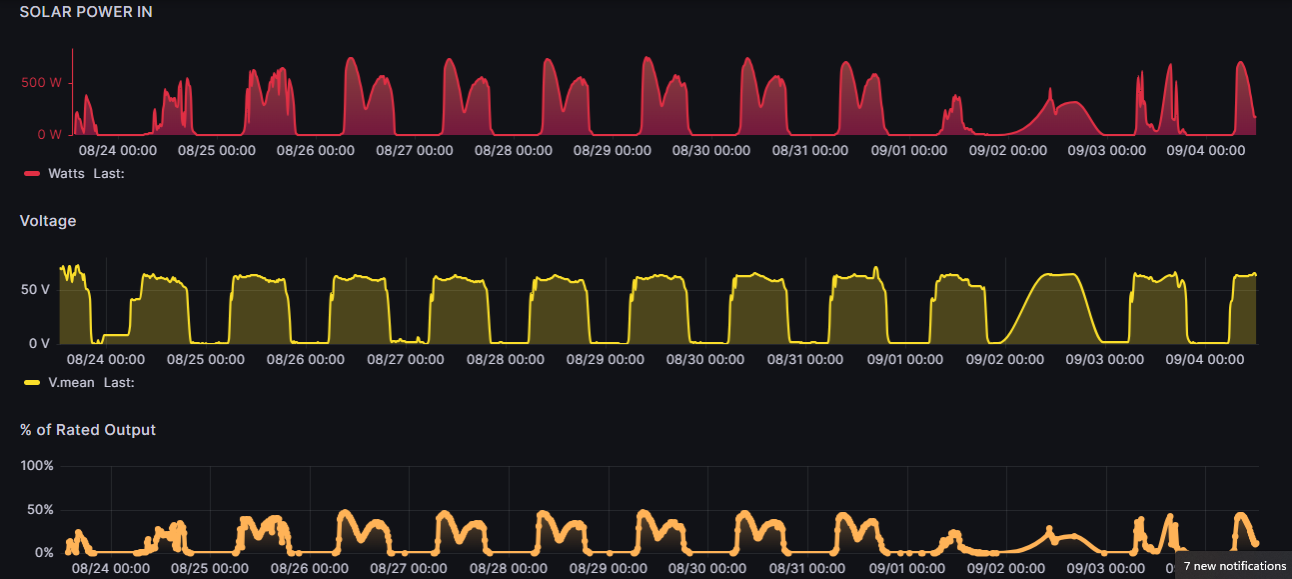
This allows you to record and monitor your solar energy yield, energy consumption, and nearly any other trackable data point, view it from a central user interface, and graph it over time, so that you can set performance benchmarks and try and beat your high scores.
The Simulator
Most recently, I've been teaching myself how to use Godot game engine, in order to make a visual interface that lets you design and visualize complex systems like these, and visualize how solar energy and material flow through them over time.
This part of the project is the part I know the least about. I've just started teaching myself how to use Godot, and this is the first video game I've ever made. If you are a person who makes video games, I'm sure that you can tell.
At this point this is just a crude proof-of-concept, but I'm hoping that somebody can help me refine this idea and link it up with the data Home Assistant, so that the system can be monitored from a "systems view" that is intuitive and user-friendly, allowing users to visually script solar powered infrastructure, and share the designs with each other the same way we share circuit diagrams.
 Sam Smith
Sam Smith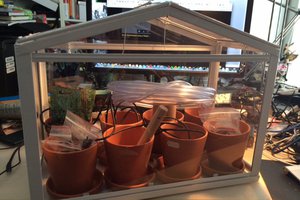
 eelco.rouw
eelco.rouw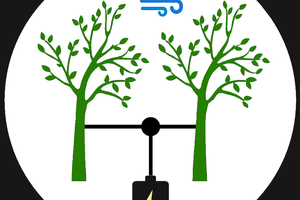
 Tobiwan
Tobiwan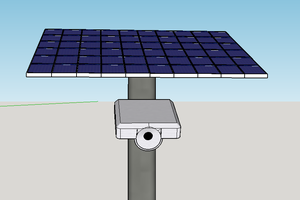
 CTRLH
CTRLH
 mario.milanesio
mario.milanesio